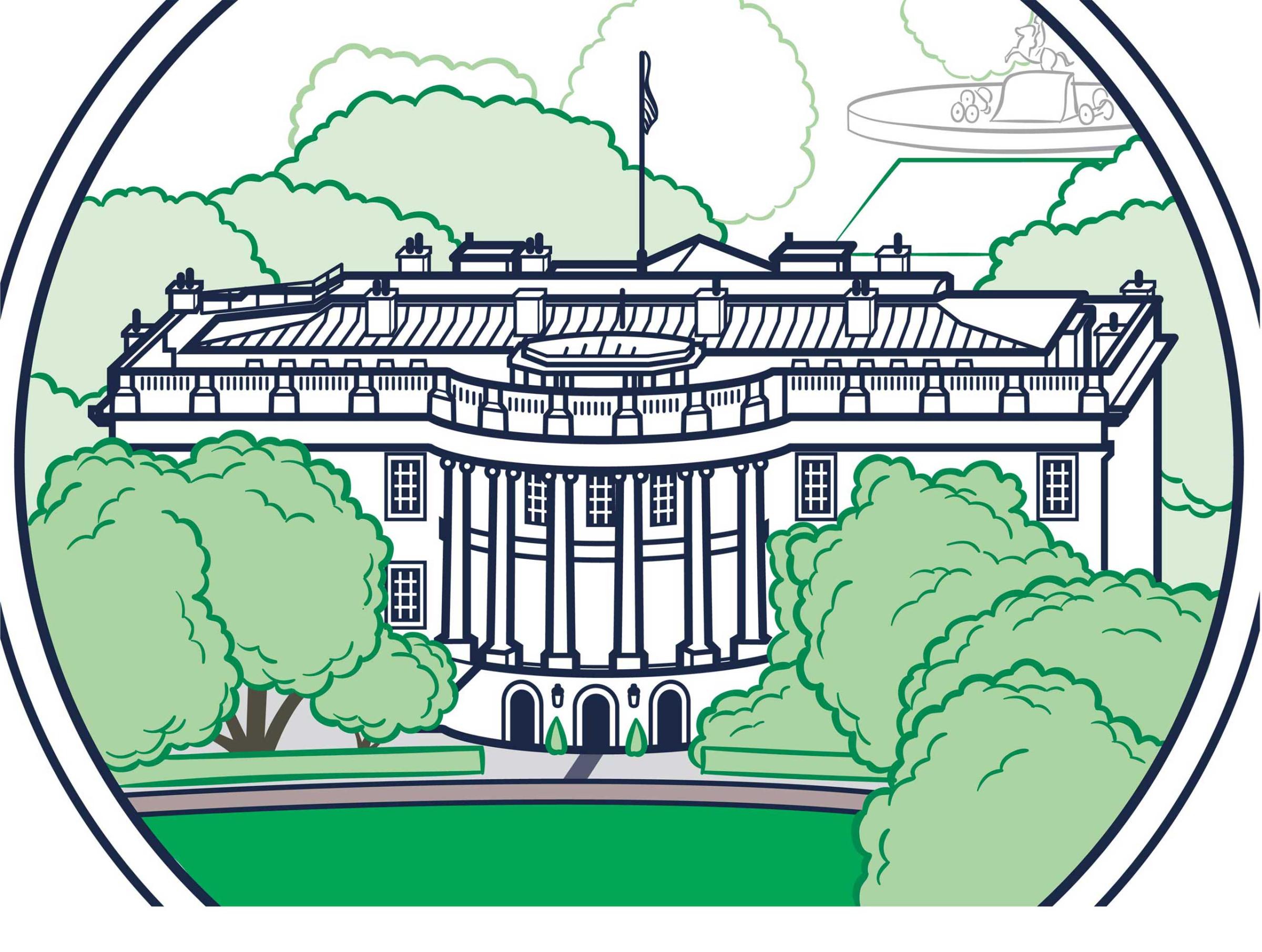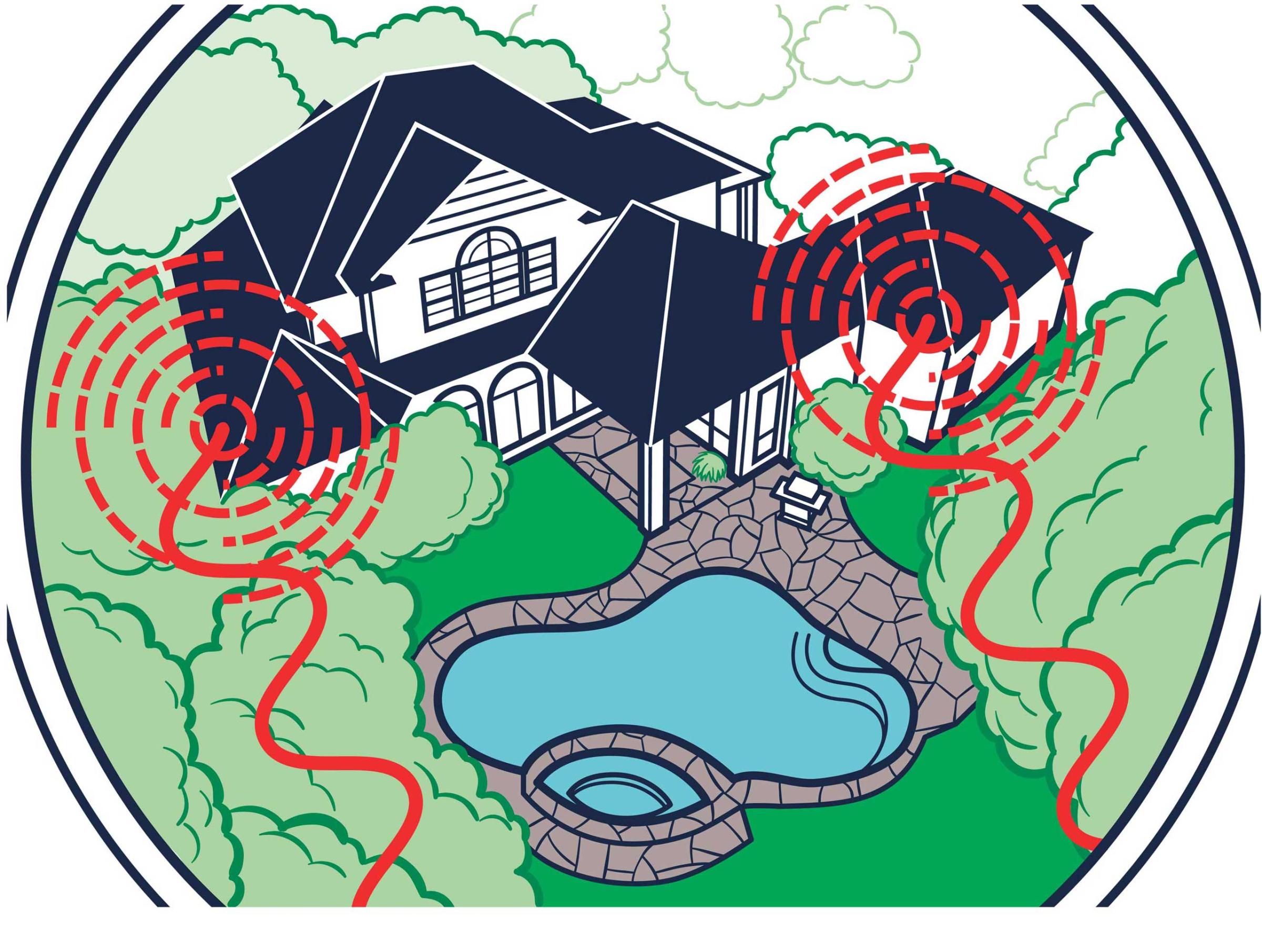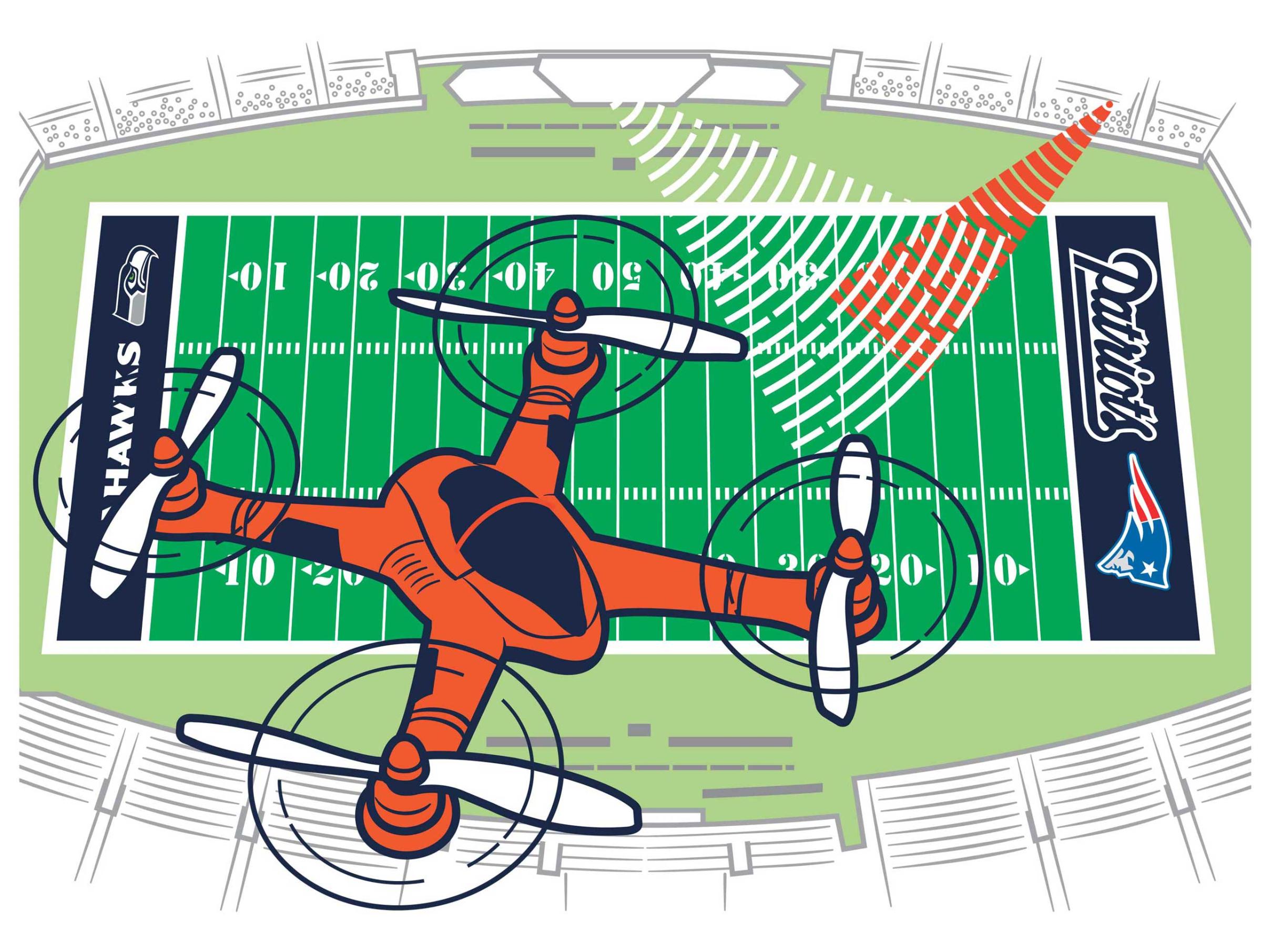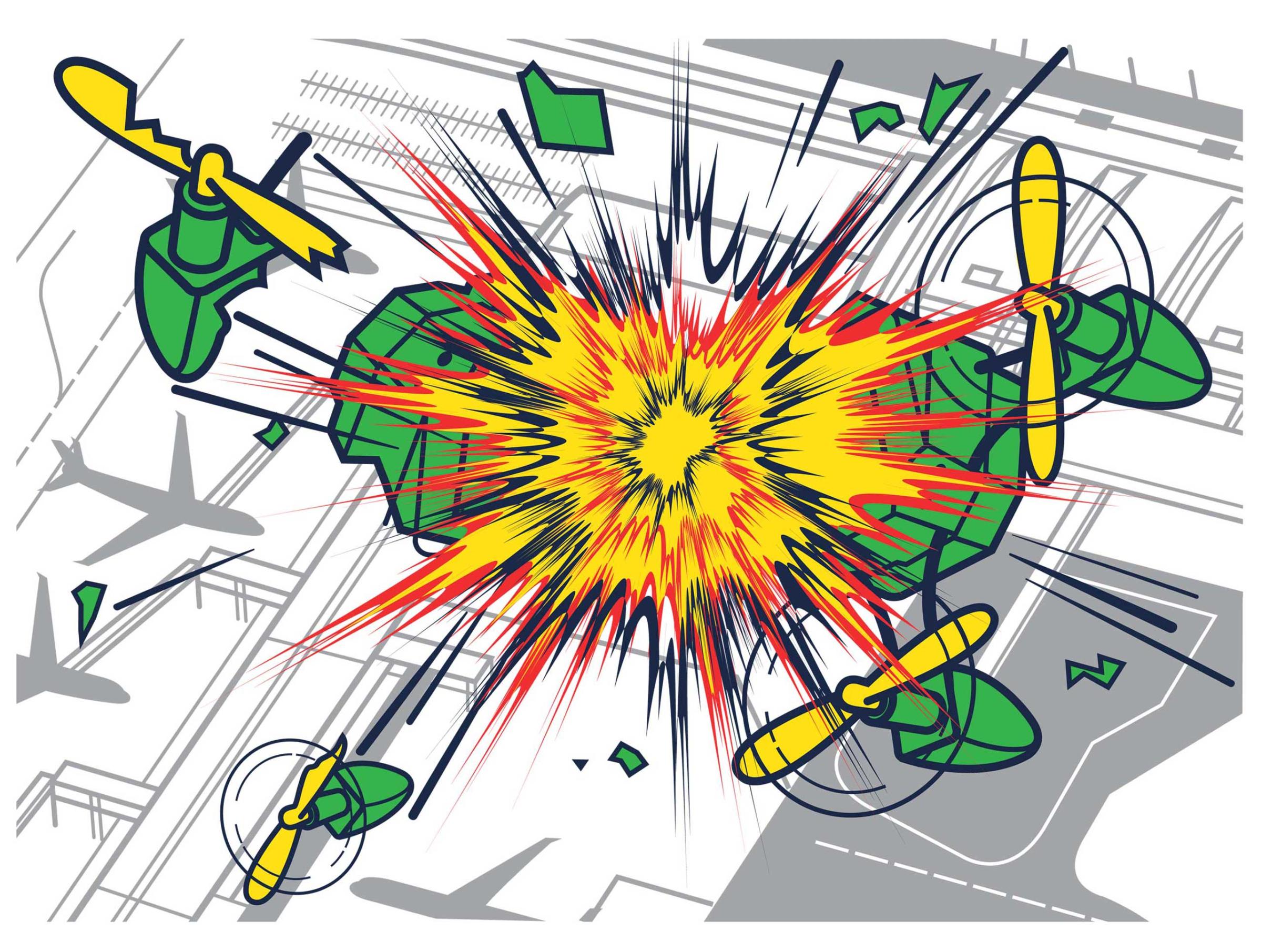Regulation

There are many drone no-fly zones around the world, and most operators respect them—but not always. After a drone strayed into White House airspace recently, its maker modified its flight software to ground its products in and around Washington. Experts concede that a determined intruder can get around such precautions.
Detection

To stop a drone, you have to know it’s there. A growing number of companies are installing acoustic sensors that listen for the sound of a drone. They are found at sensitive government locations and the estates of celebrities who are leery of airborne paparazzi, but the sensors can be confused by other contraptions, like Weedwackers. And they can’t do anything to stop intrusions.
Jamming

A drone on a nefarious mission needs to be guided, either by GPS signals or radioed commands from its operator. Electronic jamming can serve those links and doom the mission or even give authorities control of the drone. But such jamming is usually illegal because it interferes with communications ranging from cell phones to airlines.
Destruction

Drones tend to be slow-flying and unarmed, which makes them relatively easy to shoot down. But experts fear that future unmanned aircraft could be armed and nimble, like the military’s fast, low-flying cruise missiles, making them much harder to detect and destroy.
More Must-Reads from TIME
- Why Biden Dropped Out
- Ukraine’s Plan to Survive Trump
- The Rise of a New Kind of Parenting Guru
- The Chaos and Commotion of the RNC in Photos
- Why We All Have a Stake in Twisters’ Success
- 8 Eating Habits That Actually Improve Your Sleep
- Welcome to the Noah Lyles Olympics
- Get Our Paris Olympics Newsletter in Your Inbox
Contact us at letters@time.com